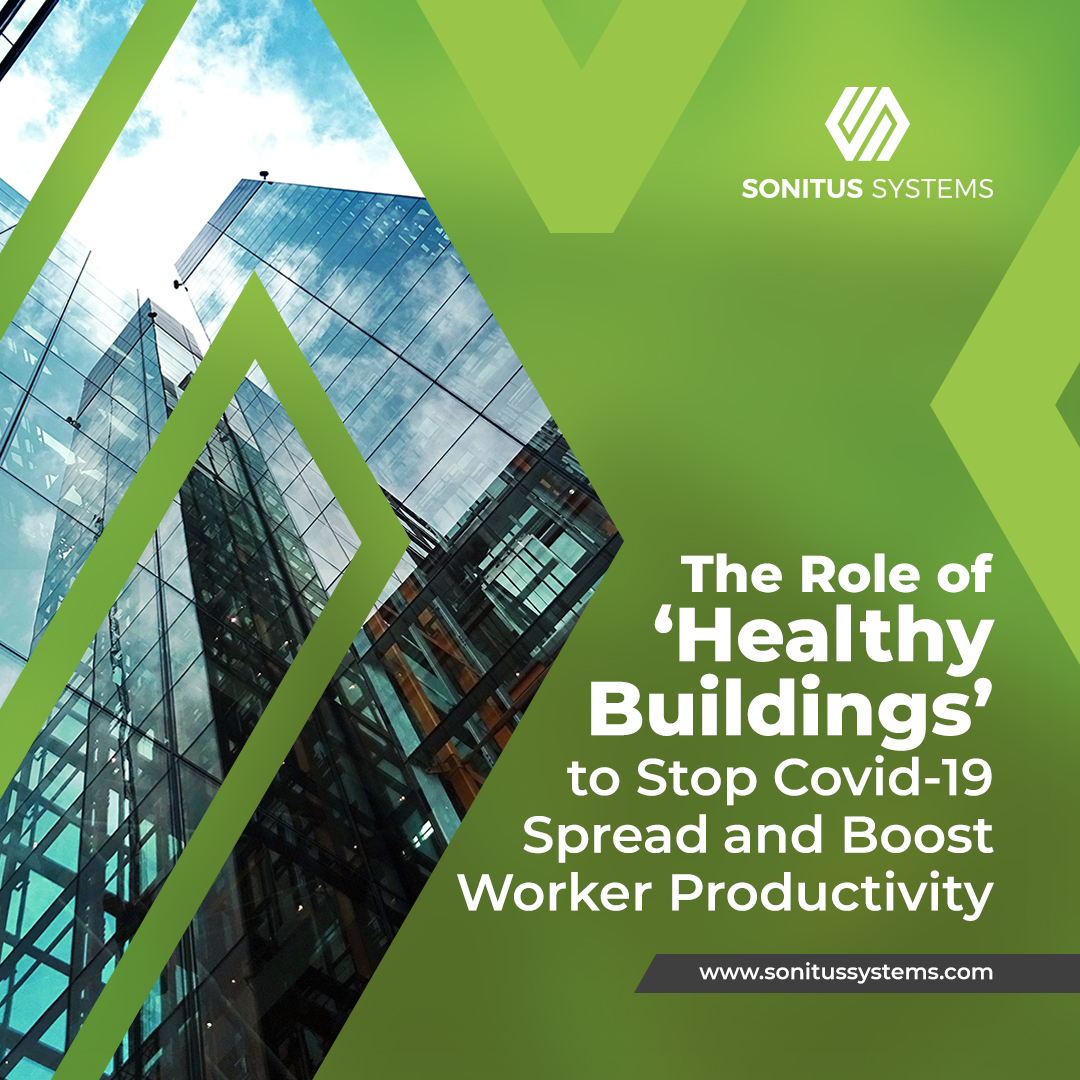Recent data from the Lawrence Berkeley National Laboratory estimates that improving indoor air quality in workplaces and offices could add as much as $20 billion annually to the U.S. economy (no comparable European statistic available). Since the outbreak of Covid-19, indoor air quality has been an important topic of conversation amongst facilities managers. In fact, for building owners and operators, healthy buildings have become the latest enticement to bring employees back into the office, according to the following CNBC article on:- Healthy buildings can help stop Covid-19 spread and boost worker productivity .
The article cites research by Joseph Allen, associate professor at the Harvard T. H. Chan School of Public Health and director of the university’s Healthy Buildings program, who has been calling for greater awareness and investment in air quality. “I don’t think business people realize the power of buildings to not only keep people safe from disease but to lead to better performance”, Allen explains, “Greater ventilation leads to significantly better cognitive function performance of employees. It’s good for worker health and productivity”.
By way of context, the article refers to the “sick building era”, which came about in response to the global energy crisis in the late 1970’s. At this point, building owners and operators worked towards air tightness as a way to conserve energy, however, this also “choked off the air supply”, resulting in poorer indoor air quality throughout. Such high levels of indoor air pollution in these so-called ‘sick buildings’ caused low concentration levels and feelings of drowsiness in many workplaces.
While the link between indoor air quality and cognitive function has been ongoing for decades, long predating the current pandemic, there has been a renewed focus on the issue. This is likely as a result of emerging virus information and a better understanding of how Covid-19 spreads. The heightened interest in recent months can also be linked to the mass return to workplaces that is currently underway around the world. The return to work has been a slower and more tentative process than many employers expected, which is no doubt due to further strains and outbreaks in many places. While new sanitation procedures will be required to ensure that all surfaces – from shared spaces and elevator buttons, right through to desks and computer keyboards – are cleaned regularly, indoor air quality will also need to be monitored consistently.
The Harvard team recently released a study, which involved workers in different countries having air quality sensors placed at their desks for one year. These workers undertook periodic app-based cognitive function tests throughout this period. The findings showed that workers with better air ventilation – and particularly with lower particle levels – performed significantly better on these periodic tests than the people working in spaces where the air quality was worse.
Significantly, the research demonstrates that it is not just newly-built buildings that can be health-focused, “any building can be a healthy building and it’s not hard to do and it’s not that expensive”. Allen argues “healthy buildings aren’t expensive. Sick buildings are what’s expensive”.
Sonitus Systems offers both the hardware and software for a range of environmental parameters on a continual basis, with real-time information available through our Sonitus Cloud dashboard. For more details on our indoor and outdoor noise and air quality monitoring products and services, please contact the team at Sonitus System .
